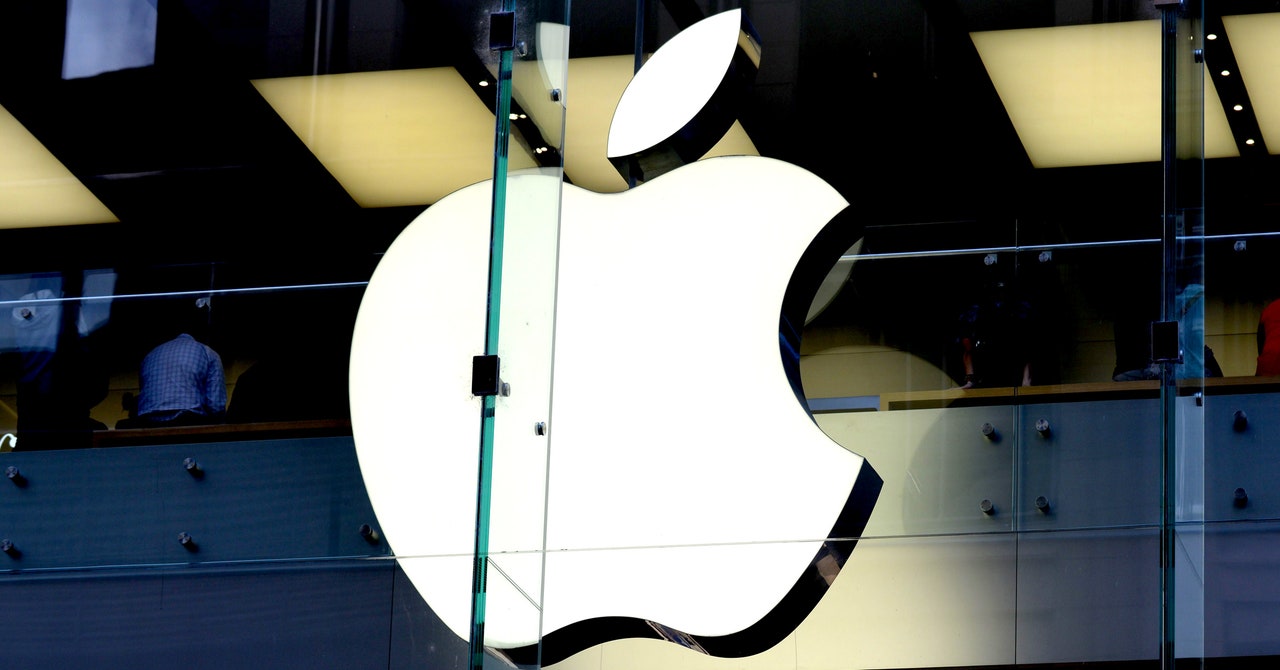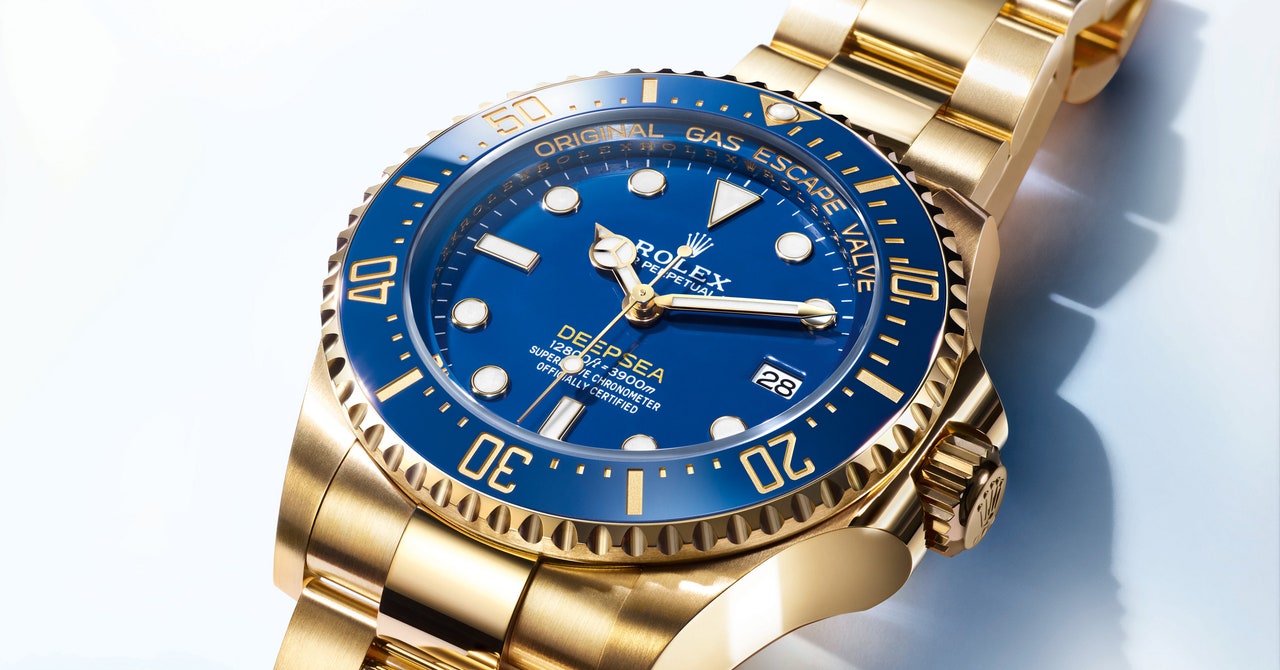
Apple will make it a little bit bit simpler to get an iPhone fixed with used elements, marking a reversal of long-standing, strict guidelines round swapping out iPhone elements.
The change, announced Thursday, will start with “choose” iPhone fashions this fall (The Washington Post reported it’ll cowl iPhone 15 and newer). It comes as states move to ban parts pairing, which requires an organization’s software program to acknowledge and approve a alternative half. The apply has lengthy annoyed third-party restore outlets, in addition to at-home self repairers, and lawmakers across the US need to ban it.
Apple has lengthy argued that elements pairing is critical for safety and performance. Utilizing different elements could cause iPhone options to malfunction. For instance: changing a cracked iPhone display may lead Face ID to interrupt. When at this time’s introduced change takes impact, the corporate will enable used iPhone elements to work “similar to new real Apple elements,” the corporate says.
However the adjustments don’t apply to aftermarket elements, a distinction that frustrates right-to-repair advocates. “This can be a technique of half-promises and unnecessarily sophisticated hedges designed to deflect consideration from legislators intent on banning the apply altogether,” says Kyle Wiens, CEO of iFixit, an organization that sells instruments and kits for tech repairs.
iFixit ran tests on the iPhone 15 and located that swapping many elements led warnings to pop up on the display or options to interrupt. Changing the front-facing digital camera, for instance, resulted in malfunctions for Face ID and auto brightness. Apple says that real elements, as soon as put in, will absolutely calibrate to the gadget when the adjustments take impact.
Final month, Oregon grew to become dwelling to the primary right-to-repair legislation banning parts pairing. The legislation takes impact in January 2025. Colorado lawmakers are contemplating a bill that might additionally ban elements pairing, and a listening to on the invoice is scheduled earlier than the state senate Thursday. Apple didn’t reply to a request for touch upon these measures.
“Let’s be 100% clear: This transfer is due to state lawmakers pushing again on this apply,” says Nathan Proctor, senior director of the marketing campaign for the fitting to restore for the Public Curiosity Analysis Group. “This transfer doesn’t occur until state lawmakers are saying, ‘We don’t wish to do that.’”
Apple additionally started providing some manuals and tools for individuals to restore their very own gadgets in 2022, and it expanded these after California handed a legislation final 12 months requiring producers to make these supplies out there.
Apple didn’t instantly reply to a query about what elements can be lined when the change takes impact. The corporate says it has spent the previous two years working to make some elements, like Face ID or Contact ID, reusable. “Future” iPhone releases will have the ability to help used sensors.
Apple introduced updates, too, which will make iPhone theft much less interesting sooner or later. The corporate says it’ll lock iPhone elements from telephones reported as stolen or misplaced, limiting their capacity to calibrate to a distinct iPhone. It additionally will start exhibiting individuals of their settings if a component on their telephone is a brand new or used real half.
These adjustments are a major reversal of Apple’s long-held stance on third-party restore. However restore advocates see these strikes because the naked minimal, not a revolutionary flip. “This was a completely untenable, unethical apply to start with,” Proctor says. “I’m glad it’s began to be restricted, however we want legal guidelines that forestall this from taking place on any gadget from any producer, not simply a few telephones from one producer.”






